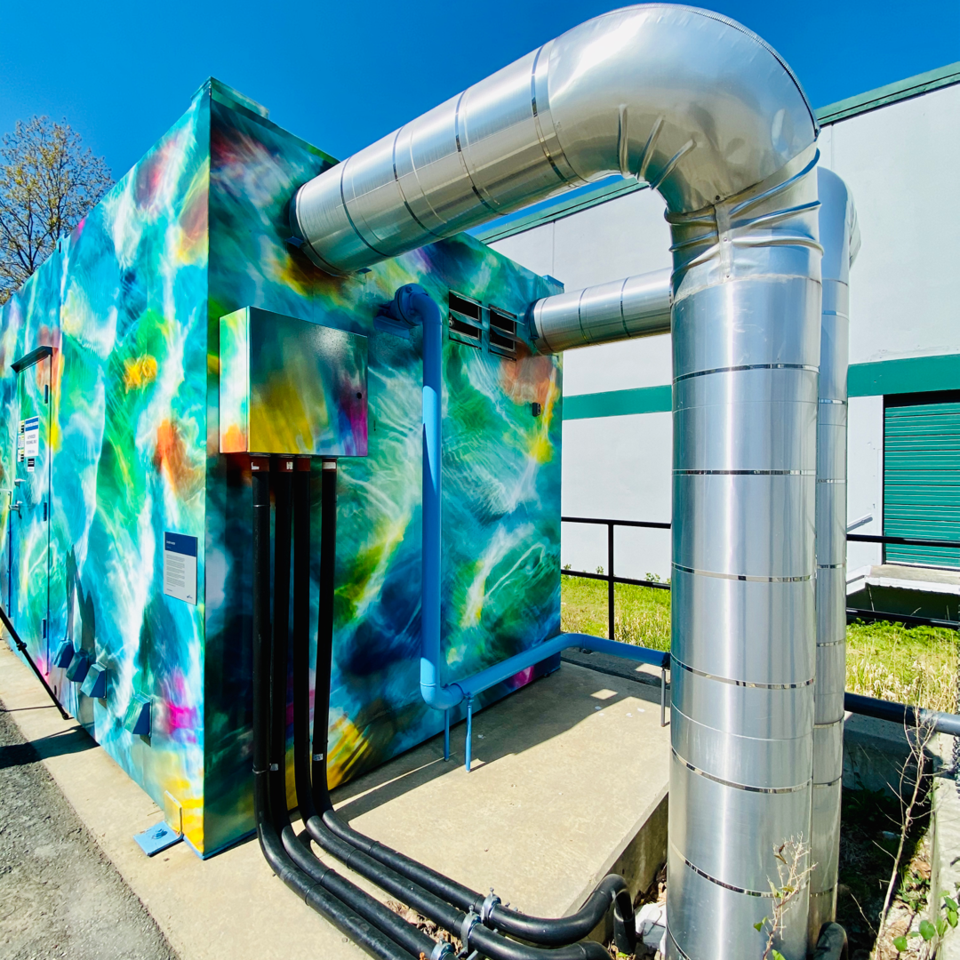The City of Richmond received a grant of $6.2 million to help speed up their Oval Village District Energy Utility (OVDEU) project that aims to reduce greenhouse gas emissions in the city.
According to the City of Richmond, the $6.2 million – $2.6 million from the province and $3.6 million from the Federal government – was given through the Canada Infrastructure Program – CleanBC Communities Fund and will be used to speed up the building process of a permanent sewer heat recovery energy centre.
The energy centre, which will provide locally produced, low carbon and renewable energy source, is the next phase of the OVDEU project managed by the Lulu Island Energy Company – a municipal corporation owned by the City of Richmond.
Funds from the grant will also be used towards removing current temporary energy centres on River Parkway.
“This project will help move the city closure to its objectives of providing low carbon energy for residents while further reducing greenhouse gas emissions from developments in Richmond’s city centre area,” said Mayor Malcolm Brodie.
“This funding, through the CleanBC Communities Fund, recognizes the innovation and commitment we have made to improving our environment and making Richmond a sustainable and environmentally conscious city.”
OVEDEU’S sewer heat recovery system from the energy centre will replace natural gas broilers as the main source of heating energy and hot water for residents and businesses in the Oval Village area near River Parkway and Gilbert Road.
Around 80 per cent of the area’s energy demand is expected to be met by this system, which means it will reduce more than 265,000 tonnes of CO2, or taking about 95,000 cars off the road, in the first 30 years after the project is finished.
“The people of Richmond are demonstrating leadership on climate change with new clean energy infrastructure that will reduce pollution and provide heat and hot water for people and businesses in the Oval Village neighbourhood,” said George Heyman, Minister of Environment and Climate Change Strategy.
“Through our CleanBC climate and economic plan, we’re working together with communities like Richmond and the federal government to build back a stronger, better B.C. for everyone following the impacts of COVID-19.”
Construction of the centre is expected to begin in 2022 and completed in 2025.



